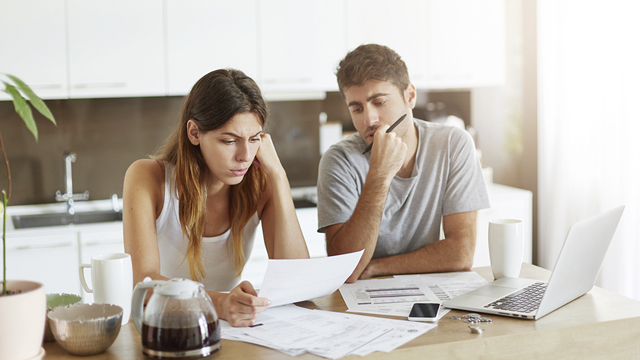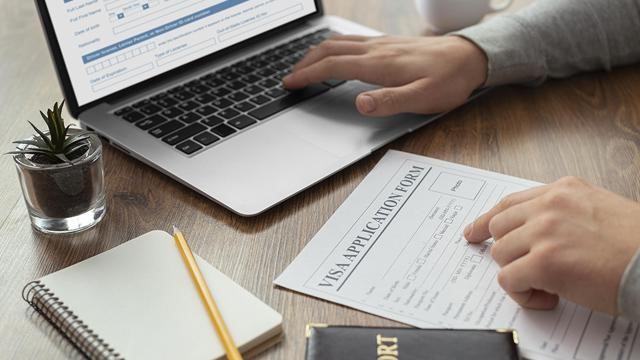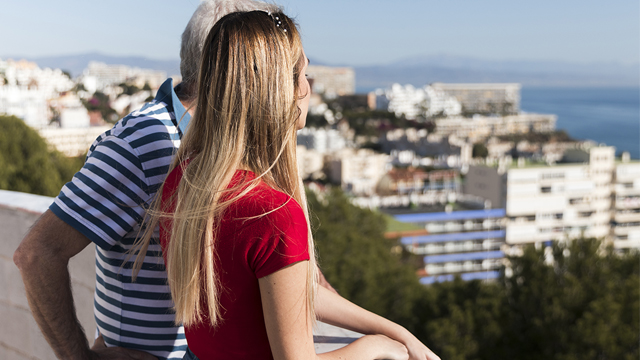Buying or selling a house with Furniture?
If you sell a house with furniture and you are a non-resident you and the buyer should take into account these recommendations in order to avoid problems with the tax authorities.
If the amount corresponding to the sale of the furniture is not correctly proved on the deeds, this value is added to the transfer value of the property. An increase in the transfer value means more taxes to be paid in case of profit and possible penalties with the Spanish Tax Authorities (AEAT).
What can this scenario look like?
Example of estimated tax payment in Spain, with a property value of 300.000€ and furniture of 20.000€ correctly accredited in the title deed.
Sales price: 300.000€.
Possible capital gain: 150.000€.
Taxation for non-resident EU 19%: 28.500€.
Example of estimated tax payment in Spain, with value of the property 300.000€ and furniture 20.000€ incorrectly credited in the title deed.
Sales price: 320.000€.
Possible capital gain: 150.000€.
Taxation for non-resident EU 19%: 32.300€.
As showed in the example there is a difference in the amount to be paid to the tax authorities that must be taken into account in the sale of properties with furniture.
But what about the buyer, can the buyer have problems if the value of the furniture is added to the value of the property by tax office?
Yes, the buyer should be aware that if the AEAT increases the value of the property, this information can also be passed on to the tax office of each Comunidad Autónoma and the buyer may have to pay a higher amount in the transfer tax.
Because the transfer tax for furniture can be 4% or 6% but transfer tax for properties can be 8% or 10% depending on the Comunidad Autónoma.
It should be remembered that the transfer tax is a tax that is paid as a % and varies accordingly to the Autonomous Community.
Therefore, following the example above, a buyer from Alicante would pay on a purchase with 20.000€ furniture with well documented invoices:
Example when purchase price is 300.000€.
ITP in Alicante is 10%, the buyer will pay 30.000€.
Example if the AEAT revises and increases the value of the furniture, 20.000€.
Purchase price: 320.000€.
ITP in Aliante is 10%, the buyer will pay 32.000€.
How a non-resident can sell or buy a furnished property correctly?
In order to prove the purchase price of the furniture to the Tax Office, purchase invoices must be provided and in most cases this cannot be done because the invoices cannot be located.
So how to avoid the price of the furniture being added to the value of the property?
To avoid this, it is necessary to prove that this furniture was NOT part of the property at the time of purchase and therefore was not included in the purchase price.
Therefore, it must be justified in writing:
- The existence of the furniture and its date of acquisition.
- The transfer value of the furniture, with invoices and if possible, its payment
What we recommend,
At Fuster & Associates, we recommend that in these cases where there is a clear distinction between the value of the property and the value of the furniture, the value of the furniture should be specified both in the contract and in the title deed by some of these documents.
– Photos before the property without furniture and after the property with furniture.
– Inventory of the property valued and signed by both buyer and seller must be included in both the contract and the title deeds.
– Invoices of purchase
– Proof of payment for the furniture
– Proof that they did not come with the initial purchase of the property.
In any case, the purchase invoices and proof of payment are especially relevant as they show value and date of purchase in the same document, and it is important that they show the address of the property.
In the event that you are required by the Spanish Tax Authorities on this matter, our tax department will study the possibilities of appeal, please ask us.
Do not hesitate to consult us in order to avoid paying more taxes and possible penalties because not sufficiently proving the value of the real estate and furniture in the deed of sale.
Our team is always ready to inform you about all the legal complexities when it comes to buying a property in Spain!
We want to help you navigate all the legal complexities that comes to buying or selling a house in Spain, but this article is legal information and should not be seen as legal advice.
Foto: freepik.es





